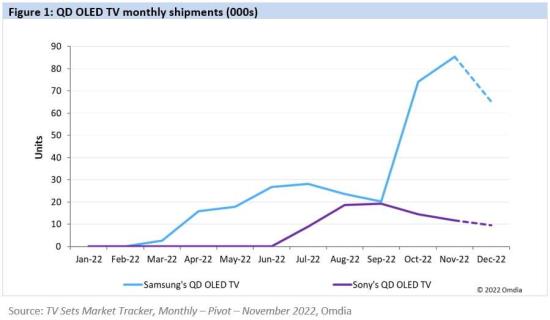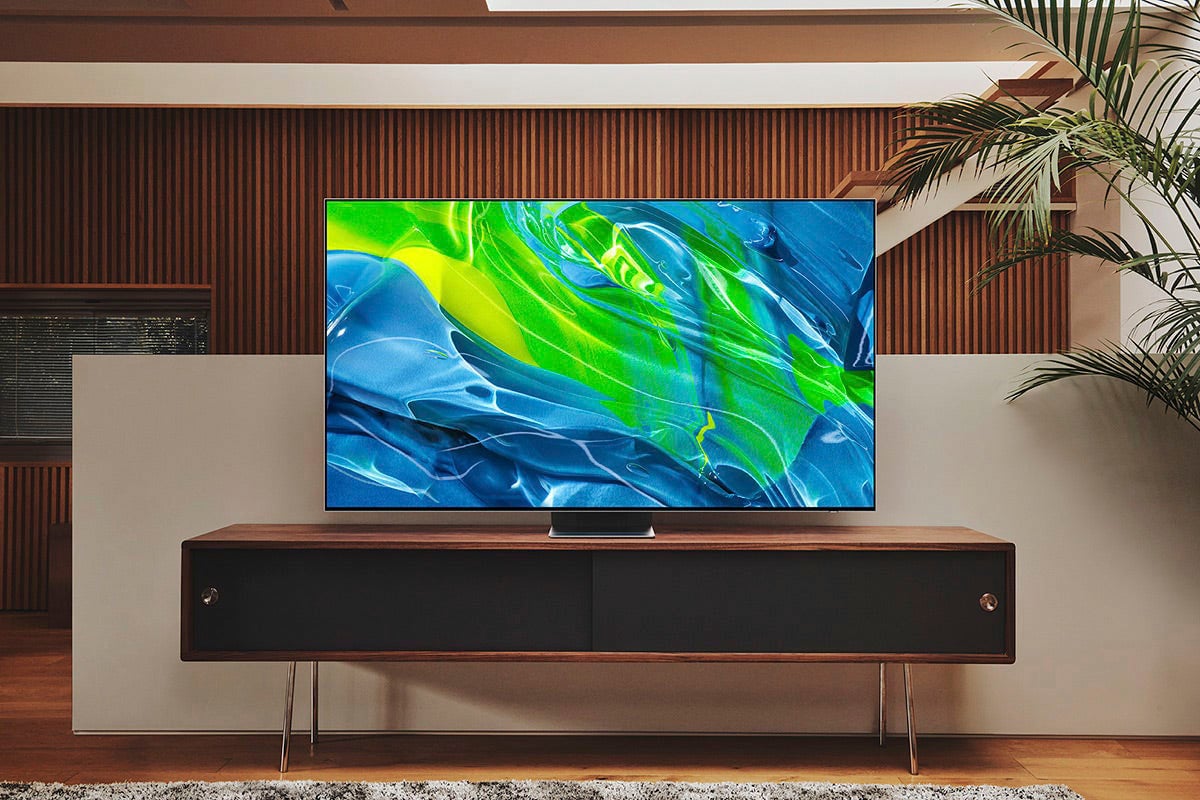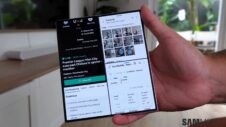Last year, Samsung unveiled its first OLED TV—S95B—in over a decade. While it wasn't the South Korean firm's flagship 4K TV, it still managed to get more attention and praise than the QN95B (Samsung's flagship 4K TV of 2022). And that's due to the QD-OLED TV's exceptional colors, viewing angles, contrast ratio, deep blacks, and response time. However, the sales of the QD-OLED TV still didn't meet the company's expectations.
According to a report from market research firm Omdia, Samsung Display faced yield issues with its QD-OLED panels in early 2022, and it couldn't supply enough panels to Samsung DX (the arm that sells TVs). Hence, Samsung DX couldn't launch the TV worldwide, limiting overall sales of the S95B. However, QD-OLED panel yields have soared more than 80% since July 2022.
Internally, Samsung DX received a directive that it should improve the sales of its TVs, which is when the company started offering handsome discounts on the S95B. As a result, the sales of the QD-OLED TV soared to more than 70,000 units a month starting in October.
Samsung's QD-OLED TV sales barely crossed 350,000 units in 2022

Although the price drop shook the OLED TV segment, the S95B still didn't reach Samsung's sales expectations. The South Korean firm had hoped to sell over 600,000 units of its QD-OLED TV, but in reality, it barely crossed the 350,000 mark in 2022. The sales of Samsung S95B and Sony A95K (using the same QD-OLED panel) are expected to reach 440,000 units. The price drop also negatively affected the sales of Samsung's Neo QLED TVs that use the Mini LED technology.
In 2023, though, Samsung DX is changing its strategy and is planning to go all guns blazing to promote its new QD-OLED TVs, the S90C and the S95C. Both these new TVs were unveiled at CES 2023 in Las Vegas, USA, earlier this month. They feature higher peak brightness at up to 2,000 nits, higher color luminance, higher power efficiency, longer durability, and lower ambient light reflection. Samsung has also introduced a 77-inch version of the TV (the 2022 model was limited to 55-inch and 65-inch versions), which is bound to improve sales even further.

The South Korean firm will face higher competition from Philips, Sharp, and TCL, which are planning to launch their QD-OLED TVs. So, Samsung has to be careful about how it prices its latest QD-OLED TVs and how well it can differentiate its TVs from rival firms by offering additional software features. Omdia expects the QD-OLED TV market to grow 141% year-over-year in 2023 and reach 2 million units by 2026.
Check out our hands-on video of the Samsung S90C and S95C QD-OLED TVs for 2023 below.







